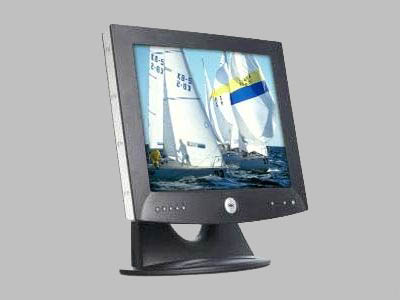| |
Everything You Ever Wanted To Know About
Monitors

Usually referred to as a monitor, the
display is the most common output device on a computer. The display provides
instant feedback by showing you text and graphic images as you work or play.
Most desktop displays use a cathode
ray tube (CRT), while portable computing devices such as laptops
incorporate liquid crystal
display (LCD), light-emitting diode (LED), gas
plasma or other image projection technology. Because of their slimmer design
and smaller energy consumption, monitors using LCD technologies are beginning to
replace the venerable CRT on many desktops.
Several factors that affect the
quality of a monitor are:
- Display technology - Currently,
the choices are mainly between CRT and LCD technologies.
- Cable technology - VGA and DVI
are the two most common.
- Viewable area - area of screen,
usually measure diagonally
- Aspect ratio and orientation -
the size and proportion of the screen
- Maximum resolution -
Resolution is the amount of individual dots of color, pixels, on a display.
- Dot pitch - the dot pitch is the
measure of how much space there is between a display's pixels
- Refresh rate - how often the
pixels are reset on the screen
- Color depth - the amount of
colors and detail shown
- Amount of power consumption -
how much power the monitor uses
Created by Brad Eaton and
Chris Sidebottom
Students at Hobart
Middle School, Hobart, Indiana
To report problems with this page or broken links, contact Webmaster
Copyright © 2003.
All Rights Reserved |